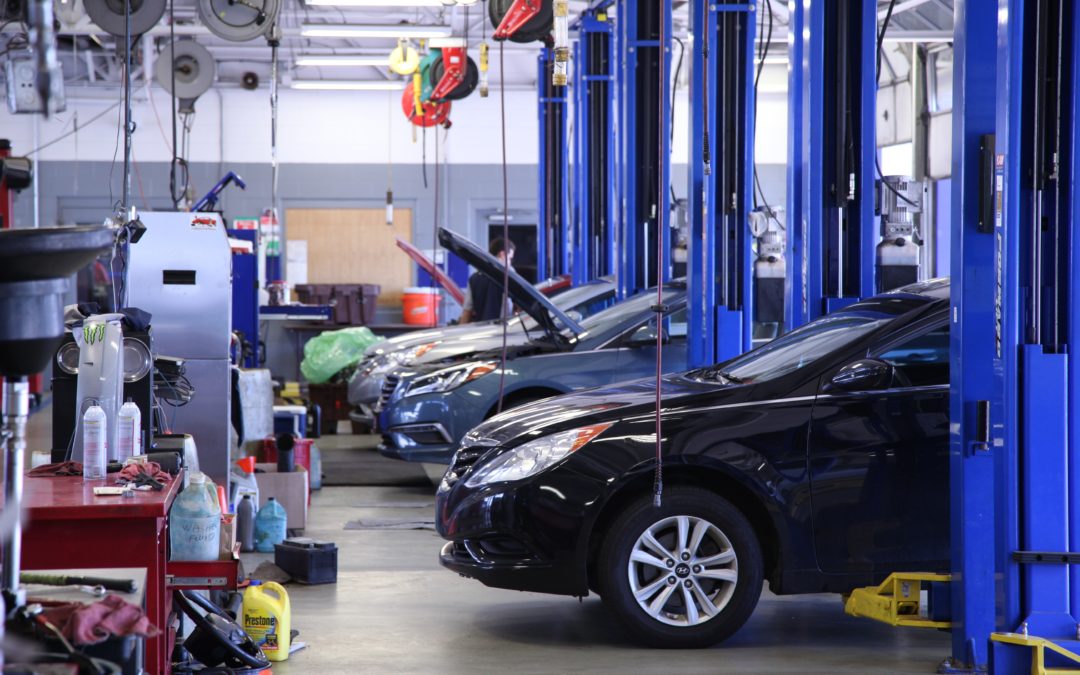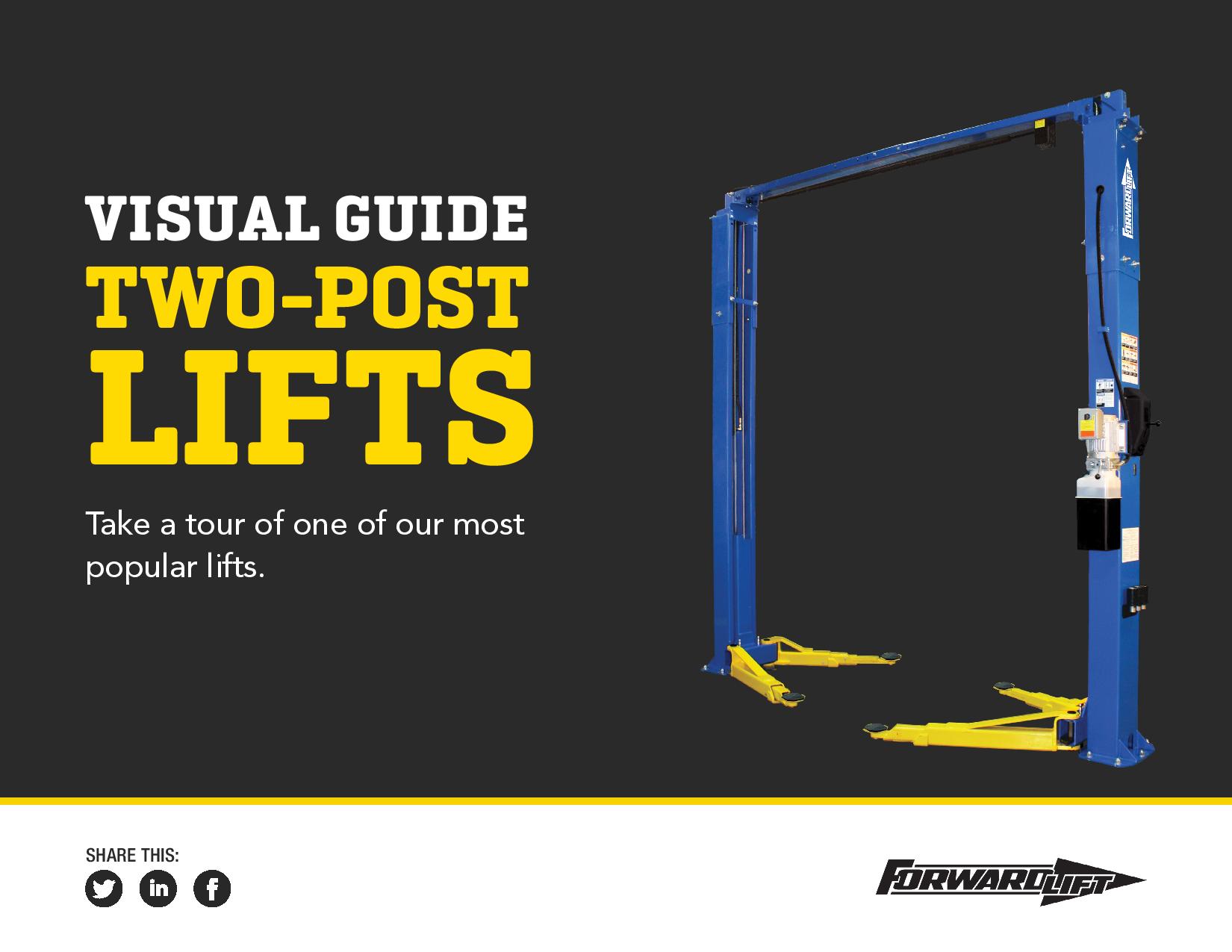Life is full of decisions, both big and small. Every morning, you put your feet on the floor and the decisions start: What are you going to eat for breakfast? What should you pack for lunch? What’s the fastest way to work with today’s traffic? We make those kinds of decisions all day, every day.
Then there are the big decisions, like: what kind of lift should I buy?
In some ways, these big decisions are easier to make than ever. You have more information at your fingertips today than anybody had yesterday—much less 20 years ago. But with all of that information, it’s hard to know what’s important.
When it comes to lifts, we’ve got that information covered. There are six main things to consider the next time you’re buying a lift:
- What’s the most expensive lift you can buy? The one that isn’t lifting. When a lift goes down (and won’t go up and down), productivity dies and so does revenue. You lose hundreds of dollars a day when a lift needs repairs. That’s why quality and dependability are the most important things to look for when deciding on a new lift.
- Good quality is backed by a good warranty. When it comes to quality, make sure a lift conforms to ISO9001—the highest international benchmark. If it does, make sure it’s backed by a strong warranty. Read the warranty thoroughly to see what parts and components are covered. Make no assumptions. And don’t forget the fine print. There’s often a reason that information is small: they want you to overlook it.
- You’re in North America. You need North American standards. Even if some of the components of a lift are made overseas, the lift itself should meet North American manufacturing and safety standards. Once you know it does, ask the salesperson harder questions: Is the lift company known for its innovations, or does it take other manufacturers’ ideas? Does the manufacturer own the design, or does it purchase a product “off the shelf” from an unknown third party?
- Make sure it’s certified and safe. Peace of mind is as easy as finding a gold ALI/ETL certification label. That’s the only way to verify a lift has been tested by an independent third-party to meet performance and safety standards.
- Can you see the manufacturer behind the lift? Some lifts are sold by a website or a warehouse that doesn’t actually have anything to do with manufacturing the lifts they sell. Look for a company that has a big-ass team of engineers and trained specialists—not to mention a dedicated team of service consultants who can help you.
- If the parts aren’t genuine, your interest in a lift shouldn’t be either. Good manufacturers maintain a computerized parts system to keep their customers’ lifts doing their job. Ask if the manufacturer can ship parts within 24 hours and if they work to improve the quality of those parts.
Buying a lift is a big decision. But the right answers and information make it easier. Don’t just look at the initial price tag., either Consider the total cost of ownership over the life of the lift. When you raise your expectations, your lift will keep raising your customer’s vehicles day after day.


